Wonders of Warsaw: A Historical Journey
Embark on a captivating free walking tour through Warsaw, exploring its rich history, stunning architecture, and vibrant culture at every turn.
Time
3 Hours
Stops
9 Places
Distance
3.0 km
The Royal Castle in Warsaw
Begin your tour at the Royal Castle, a symbol of Polish heritage and history, originally the residence of Polish monarchs.
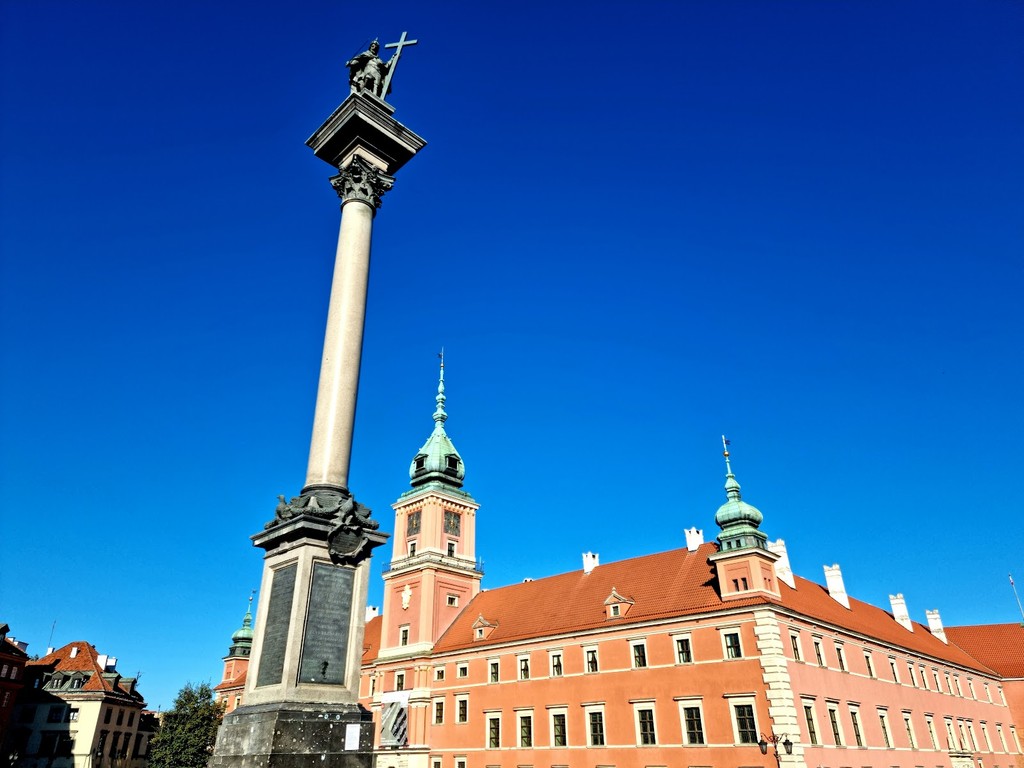
The Royal Castle in Warsaw (Source: Google Maps)
The Royal Castle in Warsaw, a UNESCO World Heritage site, stands as a testament to Poland's royal past. Originally built in the 14th century, it served as the residence of Polish monarchs until the late 18th century. The castle has undergone extensive reconstruction after being destroyed during World War II, showcasing a blend of Baroque and Gothic architectural styles. Its grand halls, including the Throne Room and the Canaletto Room, are adorned with exquisite art and historical artifacts, reflecting the opulence of the Polish royal court. The castle also houses a museum that offers insights into Poland's tumultuous history, making it a must-visit landmark for those seeking to understand the nation's cultural heritage.
Sigismund's Column
Just a short walk from the Royal Castle, Sigismund's Column is a 22-meter high monument dedicated to King Sigismund III Vasa, who moved the capital from Kraków to Warsaw.
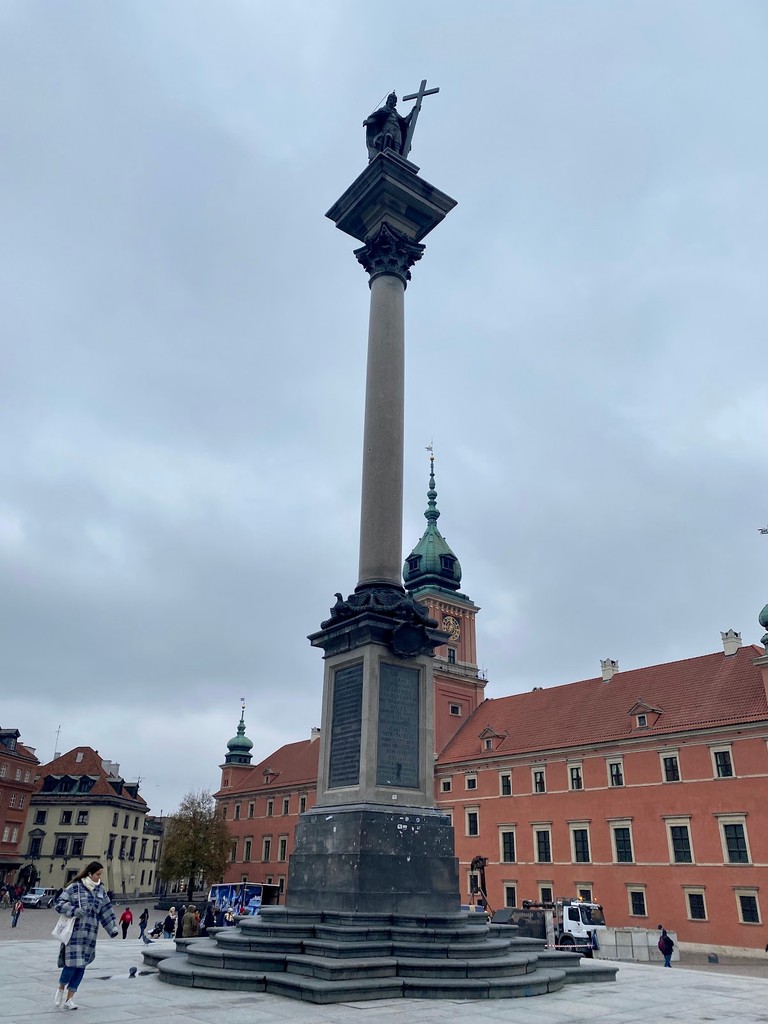
Sigismund's Column (Source: Google Maps)
Sigismund's Column, erected in 1644, is a 22-meter tall monument located in Castle Square, commemorating King Sigismund III Vasa. He is celebrated for moving the capital of Poland from Kraków to Warsaw in 1596, a pivotal moment in Polish history. The column is topped with a statue of the king holding a sword and cross, symbolizing his role in both the military and spiritual realms of the country. The monument, designed by the architect Constantino Tencalla, is recognized for its Baroque style and intricate details. It has become an iconic symbol of Warsaw, often serving as a gathering place for locals and tourists alike, and is surrounded by historical buildings that further enhance its significance.
St. John's Archcathedral
Continue your journey to this Gothic-style cathedral, one of the most important churches in Warsaw, known for its historical significance and stunning architecture.
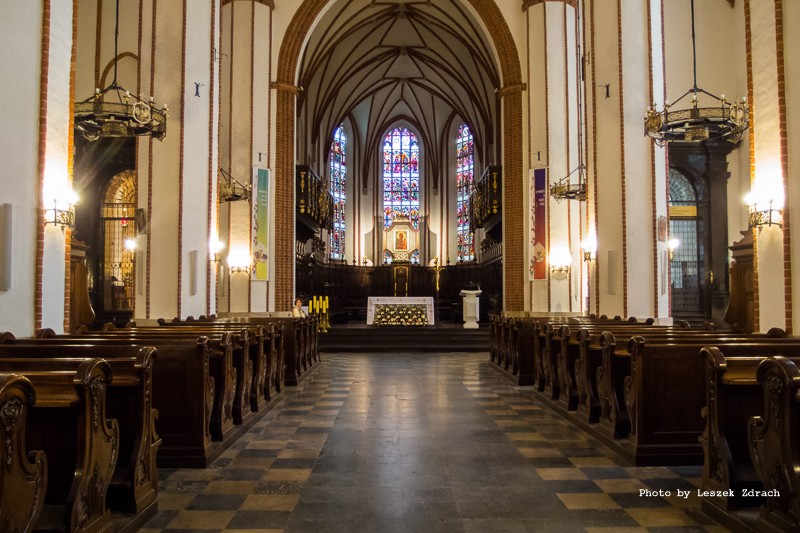
St. John's Archcathedral (Source: Google Maps)
St. John's Archcathedral is a remarkable Gothic church with a rich history dating back to the 14th century. It is one of the most important religious buildings in Warsaw, serving as the cathedral of the Archdiocese of Warsaw. The cathedral has been the site of numerous royal ceremonies, including the coronation of Polish kings. Its stunning façade features intricate details and a beautiful tower that dominates the skyline. Inside, visitors can admire the impressive altars, including the main altar dedicated to St. John the Baptist, as well as numerous chapels adorned with exquisite artwork. The cathedral has undergone several restorations, particularly after significant damage during World War II, and today stands as a symbol of resilience and faith in the heart of the city.
Old Town Market Place
Explore the heart of Warsaw's Old Town, where colorful buildings and charming cafes create a vibrant atmosphere steeped in history.
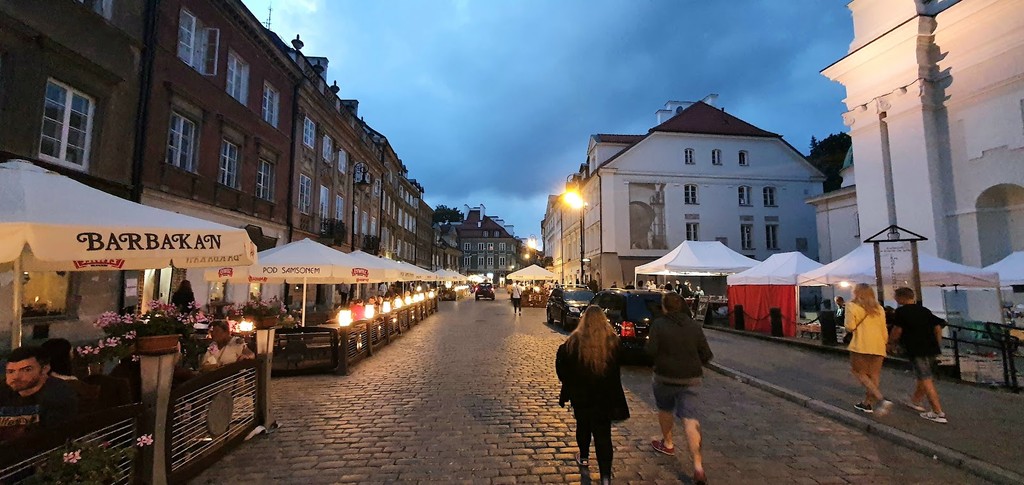
Old Town Market Place (Source: Google Maps)
The Old Town Market Place is the vibrant heart of Warsaw's historic district, filled with colorful buildings and bustling cafes. This square has been the center of social and commercial life since the 13th century, hosting markets, festivals, and various events. The Market Place is surrounded by beautiful townhouses, each with its unique architectural style, reflecting the city's rich history. At its center stands the Warsaw Mermaid statue, a symbol of the city. The area is also home to several restaurants and shops, making it a perfect spot to enjoy local cuisine and culture. The Market Place has been meticulously reconstructed after its devastation in World War II, showcasing the resilience of the city's spirit and its commitment to preserving its heritage.
Warsaw Barbican
Visit the Warsaw Barbican, a semi-circular fortified outpost that once defended the city, now serving as a picturesque historical site.
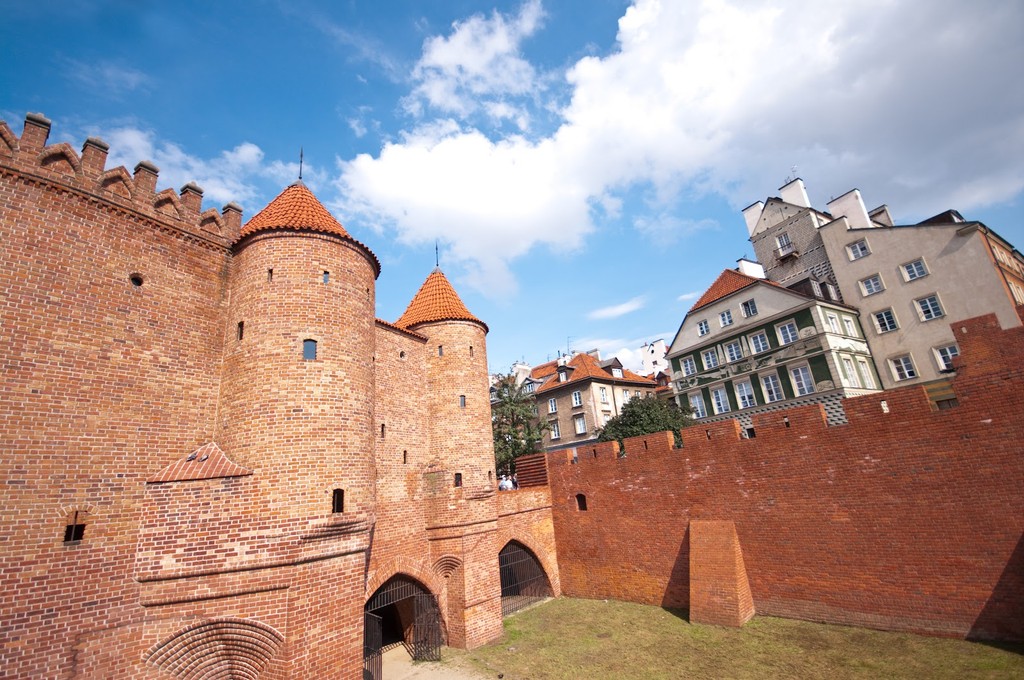
Warsaw Barbican (Source: Google Maps)
The Warsaw Barbican is a semi-circular fortified outpost that once played a crucial role in defending the city against invasions. Built in the 16th century as part of the city's fortifications, it is one of the few remaining structures from that period. The Barbican features a distinctive brick architecture with towers and a moat, showcasing the military engineering of its time. Today, it serves as a picturesque historical site, attracting visitors who wish to explore its rich history. The Barbican connects the Old Town with the New Town and is surrounded by charming cafes and shops, making it a popular spot for both locals and tourists. Its reconstruction after World War II highlights the determination of the Polish people to preserve their history and culture.
Monument to the Warsaw Uprising
Pay tribute to the brave fighters of the 1944 Warsaw Uprising at this powerful monument, a poignant reminder of the city's resilience.
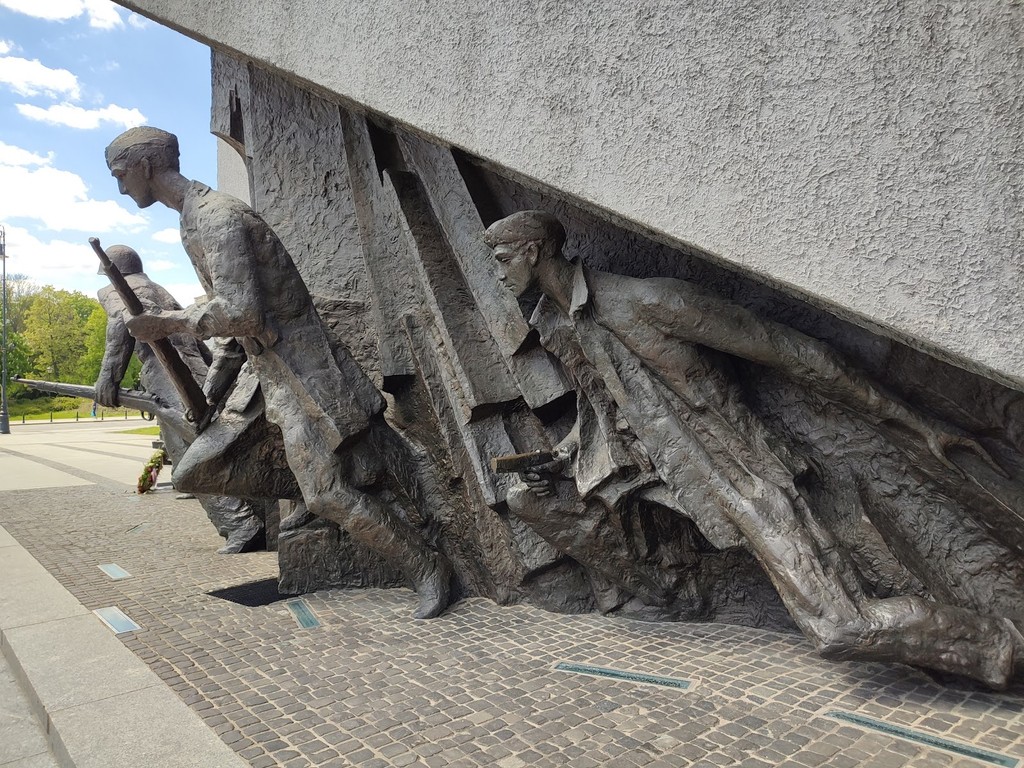
Monument to the Warsaw Uprising (Source: Google Maps)
The Monument to the Warsaw Uprising is a powerful tribute to the brave fighters who resisted Nazi occupation during World War II. Unveiled in 1989, the monument commemorates the 1944 uprising, a key event in Polish history, where citizens rose against the oppressive regime. The monument features a striking bronze sculpture depicting a group of insurgents in action, symbolizing courage and sacrifice. It serves not only as a memorial but also as a reminder of the resilience of the Polish spirit. The surrounding area includes informative plaques and a dedicated park where visitors can reflect on the significance of the uprising. The monument stands at the heart of Warsaw, reminding everyone of the costs of freedom and the importance of remembrance.
Krasinski Palace (Palace of the Commonwealth)
Admire the Baroque architecture of the Krasinski Palace, which houses part of the National Library's special collections.
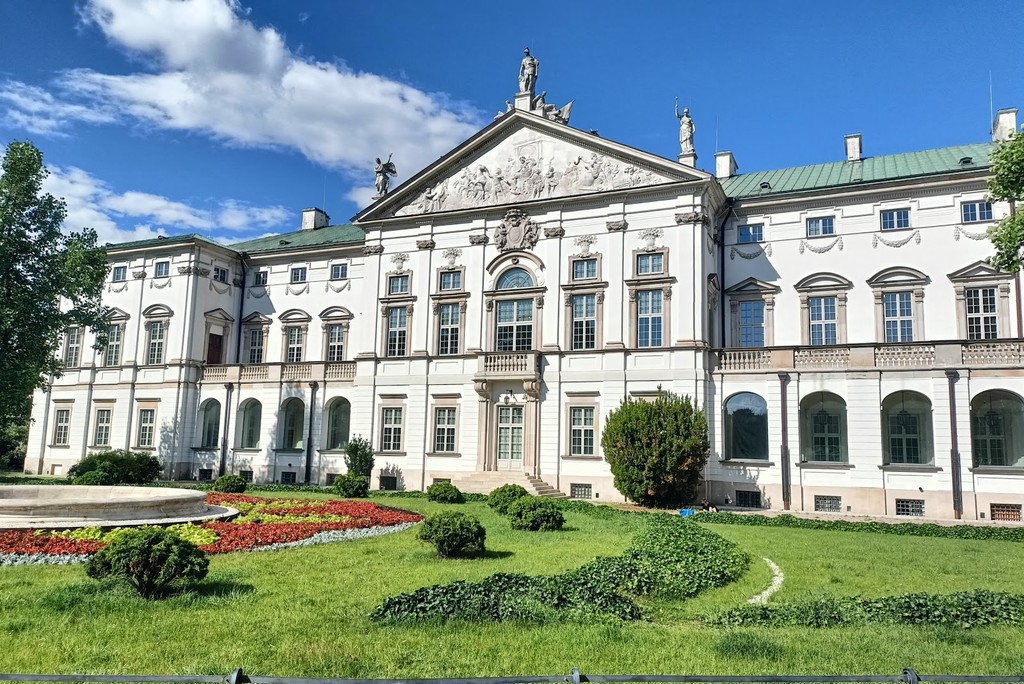
Krasinski Palace (Palace of the Commonwealth) (Source: Google Maps)
The Krasinski Palace, also known as the Palace of the Commonwealth, is a stunning example of Baroque architecture located in the heart of Warsaw. Originally built in the 17th century, it has served various functions, including as a royal residence and a government seat. The palace's façade is characterized by its grand columns and intricate decorations, showcasing the artistry of the era. Today, it houses part of the National Library's special collections, making it an important cultural institution. Visitors can explore its beautiful gardens and admire the surrounding architecture, which reflects the grandeur of Poland's past. The palace stands as a symbol of the country's rich history and commitment to preserving its cultural heritage.
POLIN Museum of the History of Polish Jews
Learn about the rich history of Polish Jews at the POLIN Museum, offering a comprehensive and engaging exhibition.
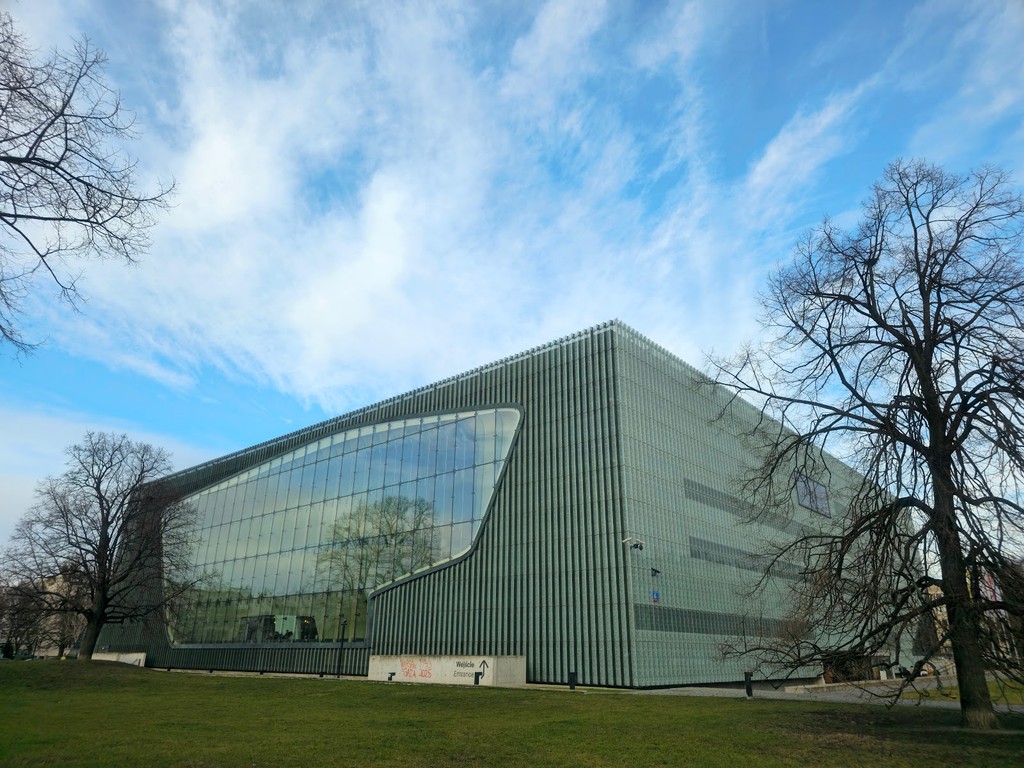
POLIN Museum of the History of Polish Jews (Source: Google Maps)
The POLIN Museum of the History of Polish Jews is a groundbreaking institution dedicated to preserving and sharing the rich history of Jewish life in Poland. Opened in 2013, the museum features a comprehensive exhibition that spans over a thousand years of Jewish history, culture, and contributions. The building itself is an architectural marvel, designed to reflect the themes of memory and continuity. Inside, visitors can explore interactive displays, multimedia presentations, and artifacts that tell the story of Polish Jews from the Middle Ages to the present day. The museum serves as a vital educational resource and a space for dialogue, fostering understanding and reconciliation. It stands as a testament to the resilience of the Jewish community and its enduring legacy in Poland.
Umschlagplatz
End your tour at the Umschlagplatz, a solemn memorial marking the site where Jews were deported from the Warsaw Ghetto during World War II.
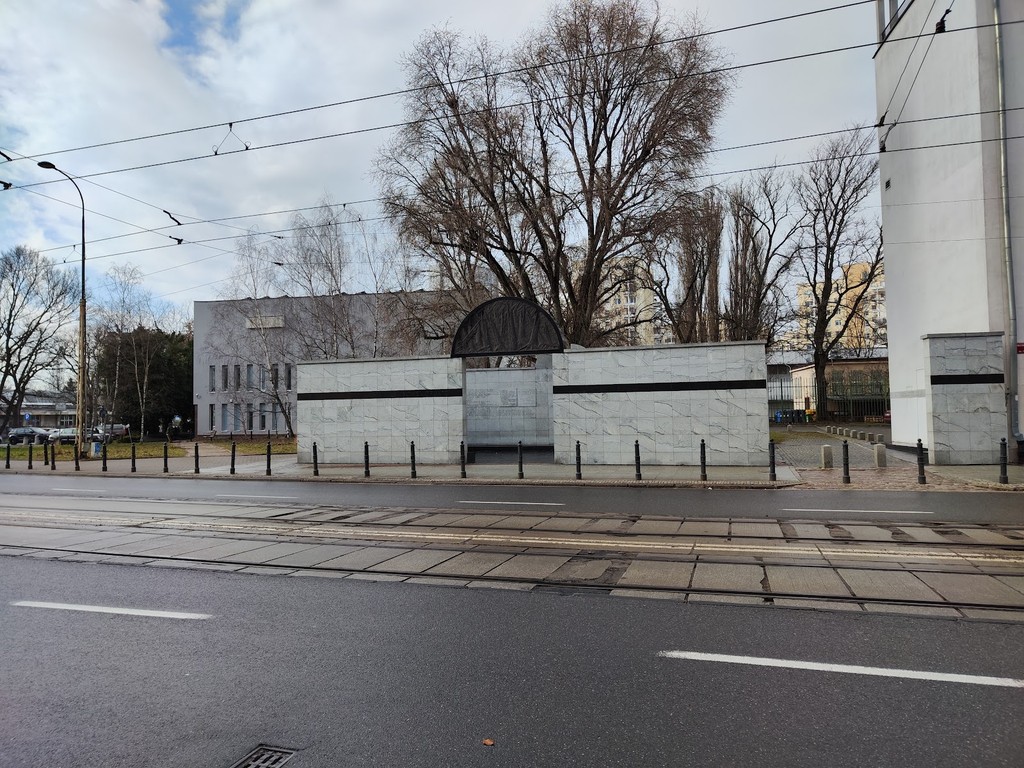
Umschlagplatz (Source: Google Maps)
Umschlagplatz is a solemn memorial that marks the site where thousands of Jews were deported from the Warsaw Ghetto during World War II. This poignant place serves as a reminder of the horrors of the Holocaust and the suffering endured by the Jewish community. The memorial features a simple yet powerful design, with a series of stone slabs inscribed with the names of the deported individuals. It evokes reflection and remembrance, encouraging visitors to honor the memory of those who lost their lives. Umschlagplatz is a crucial part of Warsaw's historical narrative, serving as an educational site that highlights the importance of memory and the need to confront the past. It stands as a testament to the resilience of the human spirit in the face of adversity.

Your travels, your rules.
Create your own Free Walking Tours.
Set your preferences, distances and anything you want to do or see.
Completely free, no payment required.